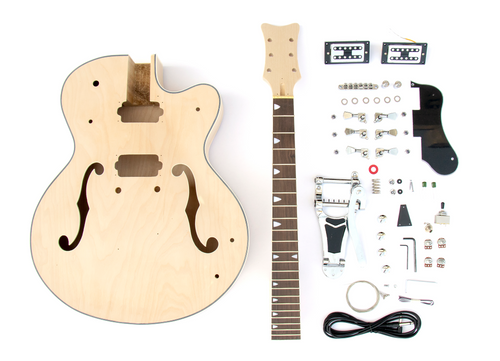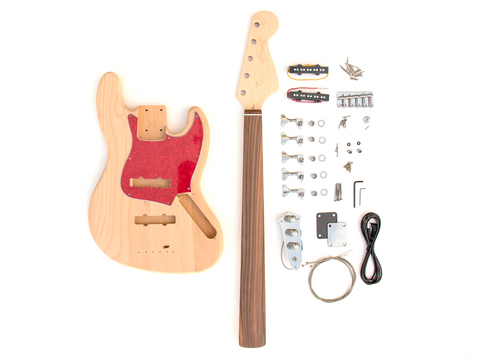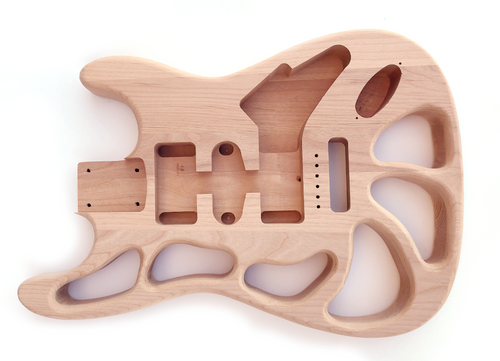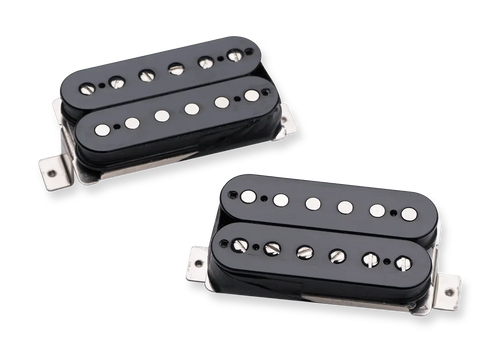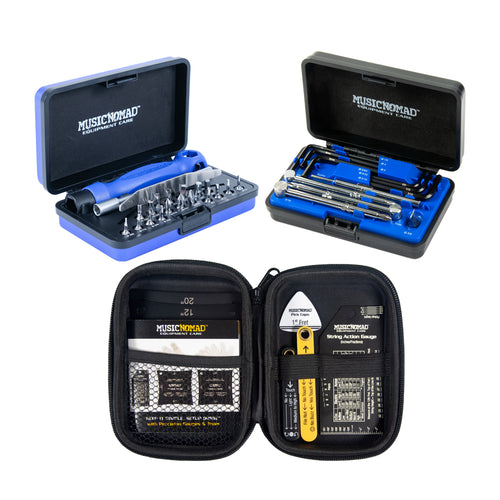Guitar fretboard wood is an important part of the guitar. It is the surface that the player's fingers press down on to produce the notes. The wood used for the fretboard can have a big impact on the sound of the guitar, as well as the feel of the guitar.
Some of the most popular woods used for guitar fretboards include ebony, rosewood, and maple. Ebony is a dark, dense wood that produces a bright, clear sound. It is also a very hard wood, which makes it resistant to wear and tear. Rosewood is a reddish-brown wood that produces a warm, mellow sound. It is a softer wood than ebony, which makes it easier to play on. Maple is a light-colored wood that produces a bright, crisp sound. It is a very strong wood, which makes it resistant to cracking.
The type of wood used for the fretboard can also affect the feel of the guitar. Ebony and rosewood are both smooth and polished, while maple has a more porous surface. The player's personal preference will often dictate which type of wood they prefer, but Rosewood is the most common followed by Maple.
Should I apply a finish to my fretboard?
It depends on the type of wood your fretboard is made of. If it's made of rosewood or ebony, you don't need to apply a finish. These woods are naturally resistant to moisture and wear. Many people use a natural fretboard oil to get a dark, rich, uniform look.
However, if your fretboard is made of maple or mahogany, you may want to apply a finish to protect it from moisture and scratches.
If you do decide to apply a finish to the fretboard of your DIY Guitar Kit, be sure to use a finish that is specifically designed for fretboards. These finishes will help to protect the wood and keep it looking its best.

